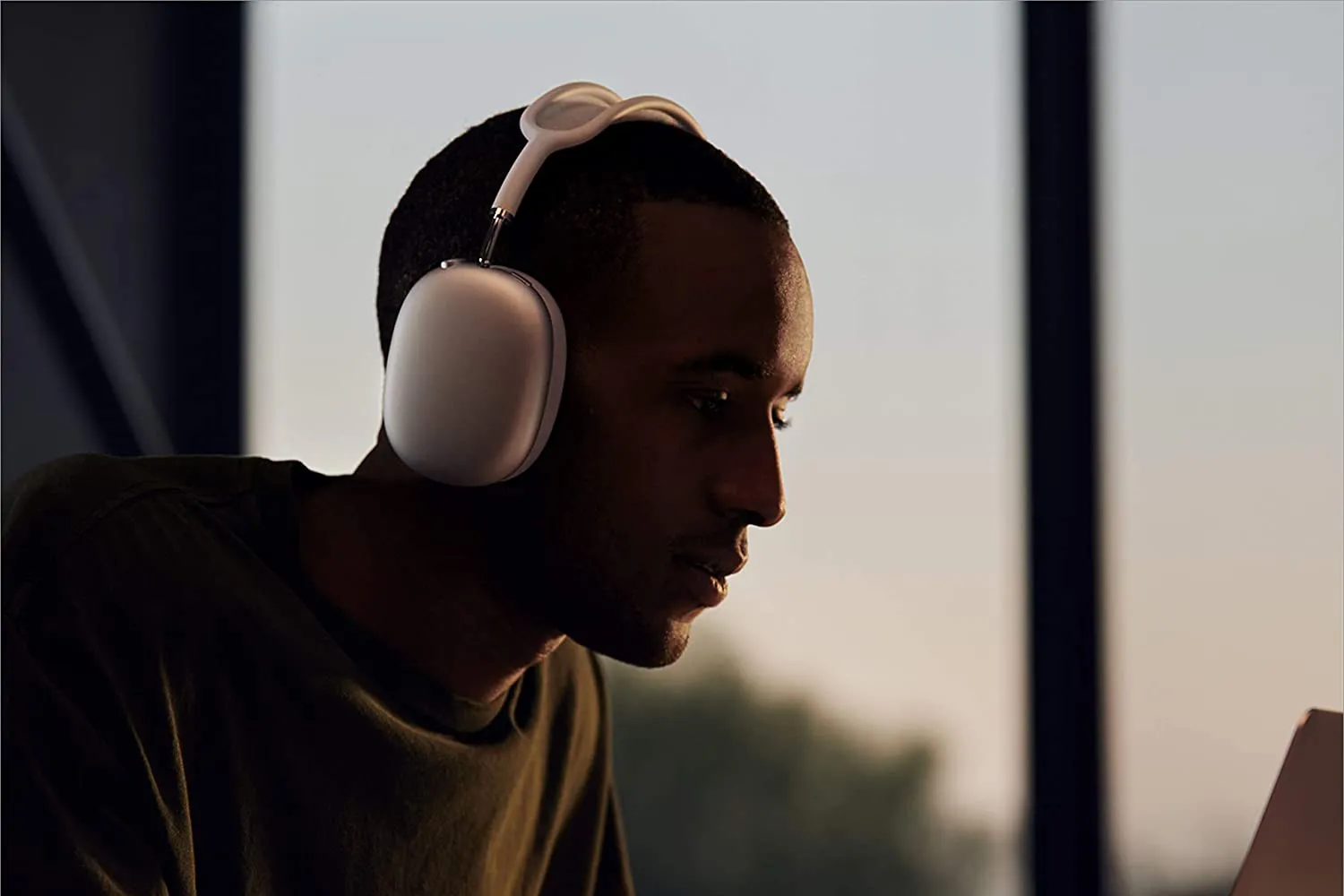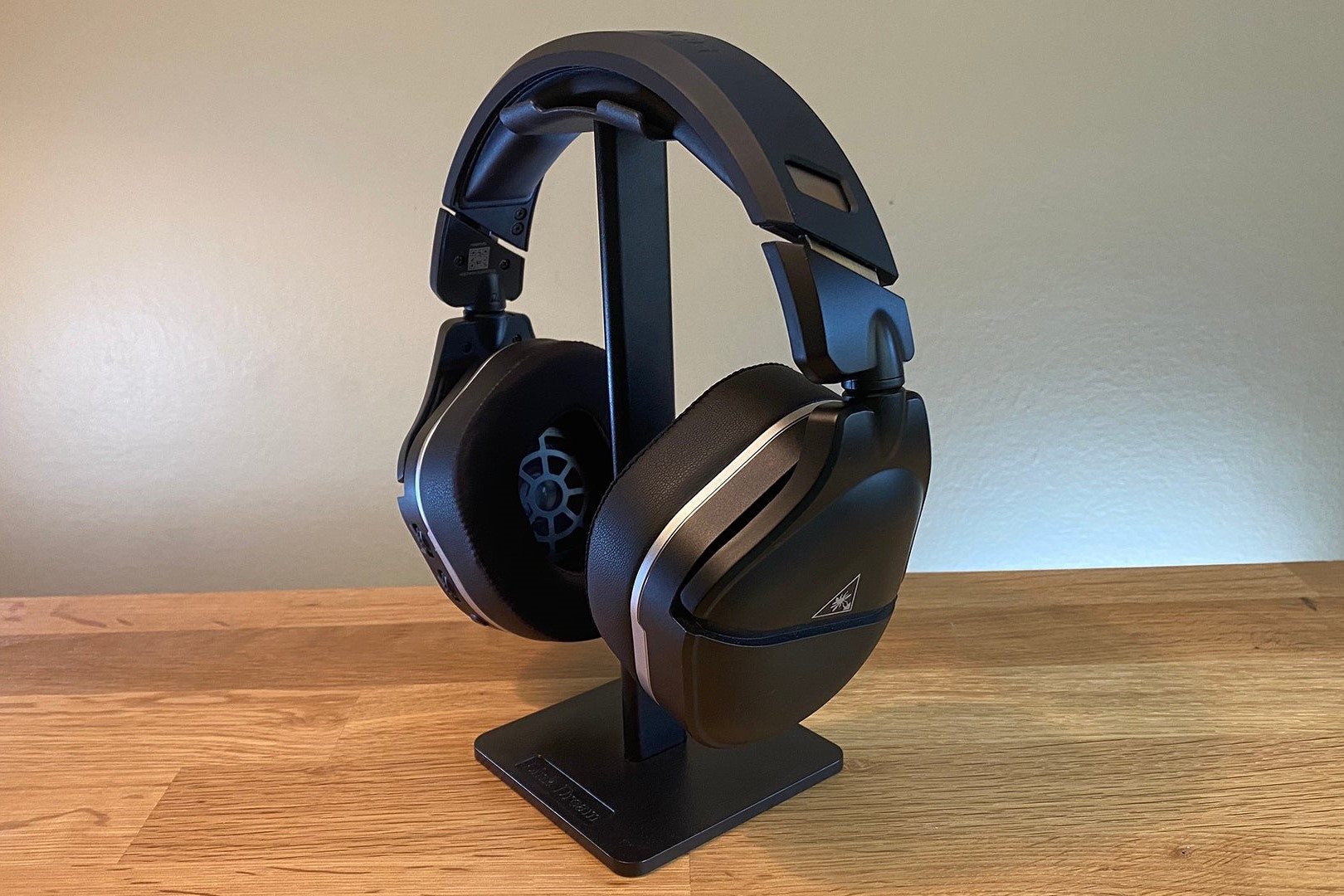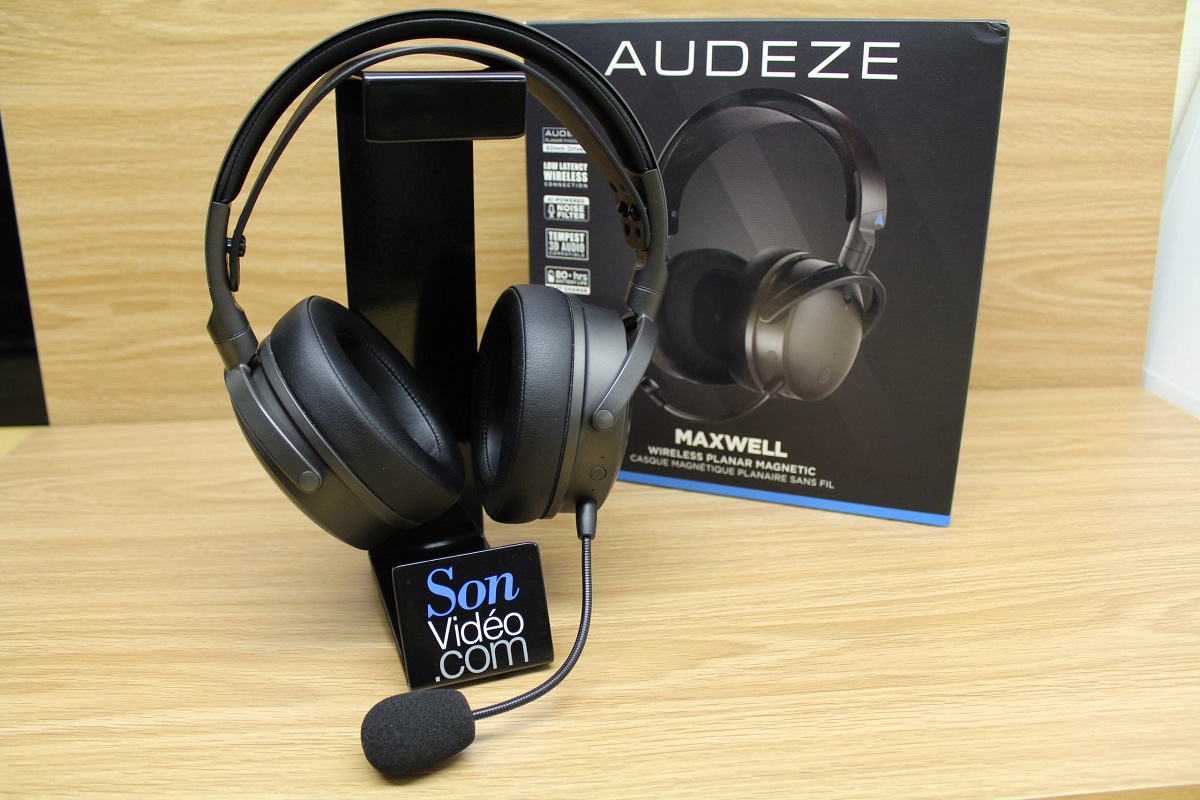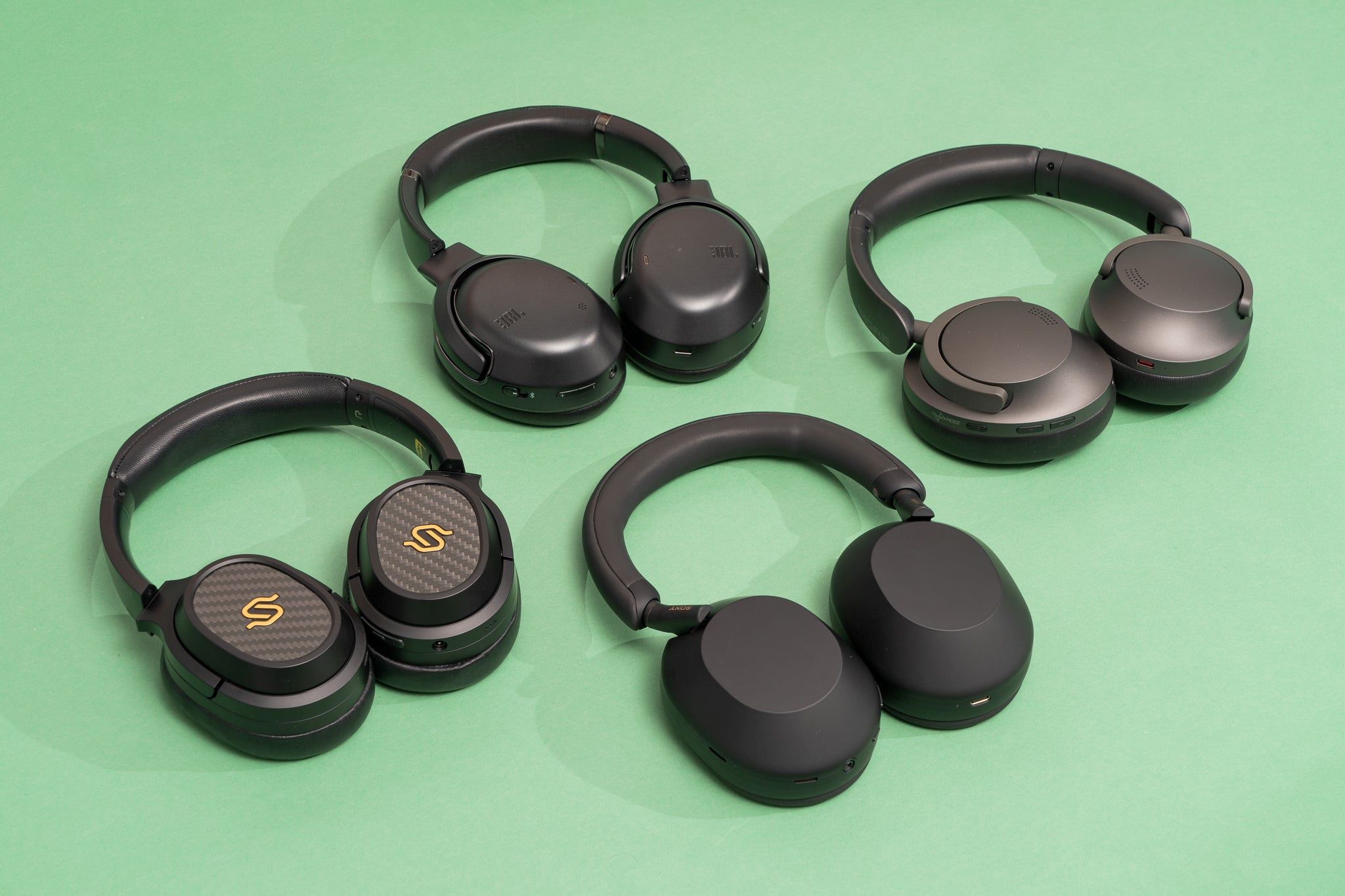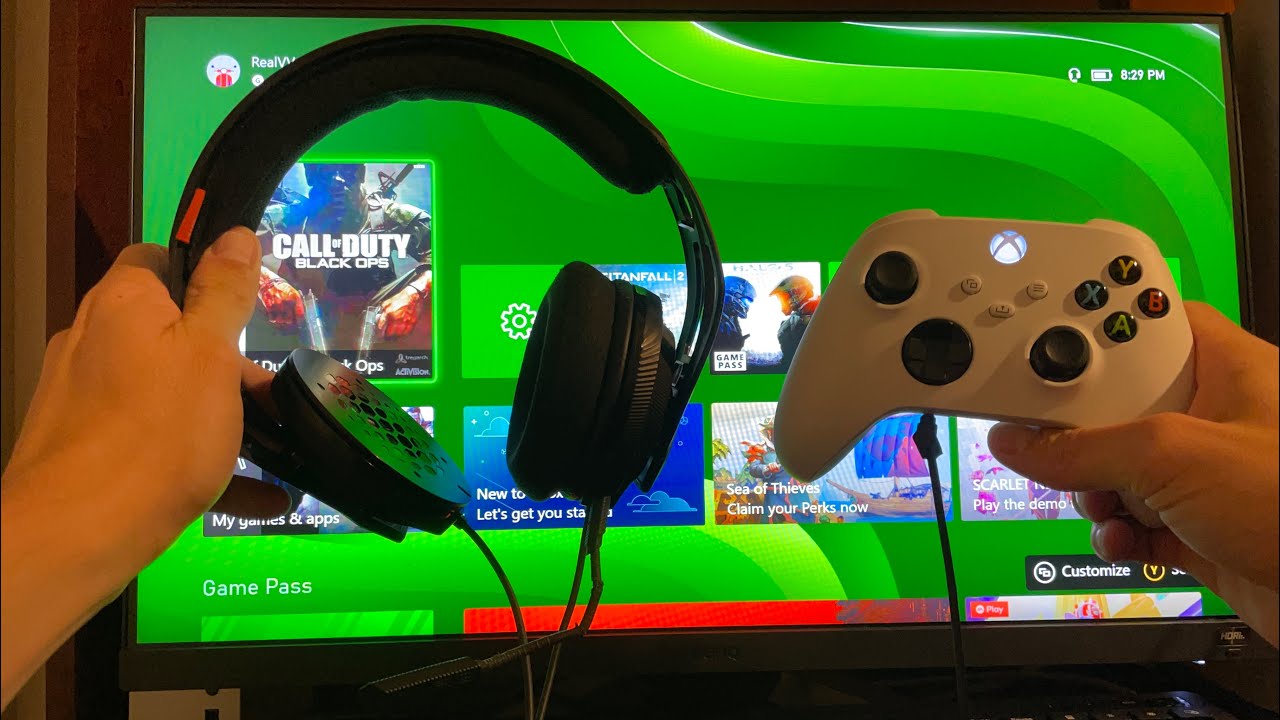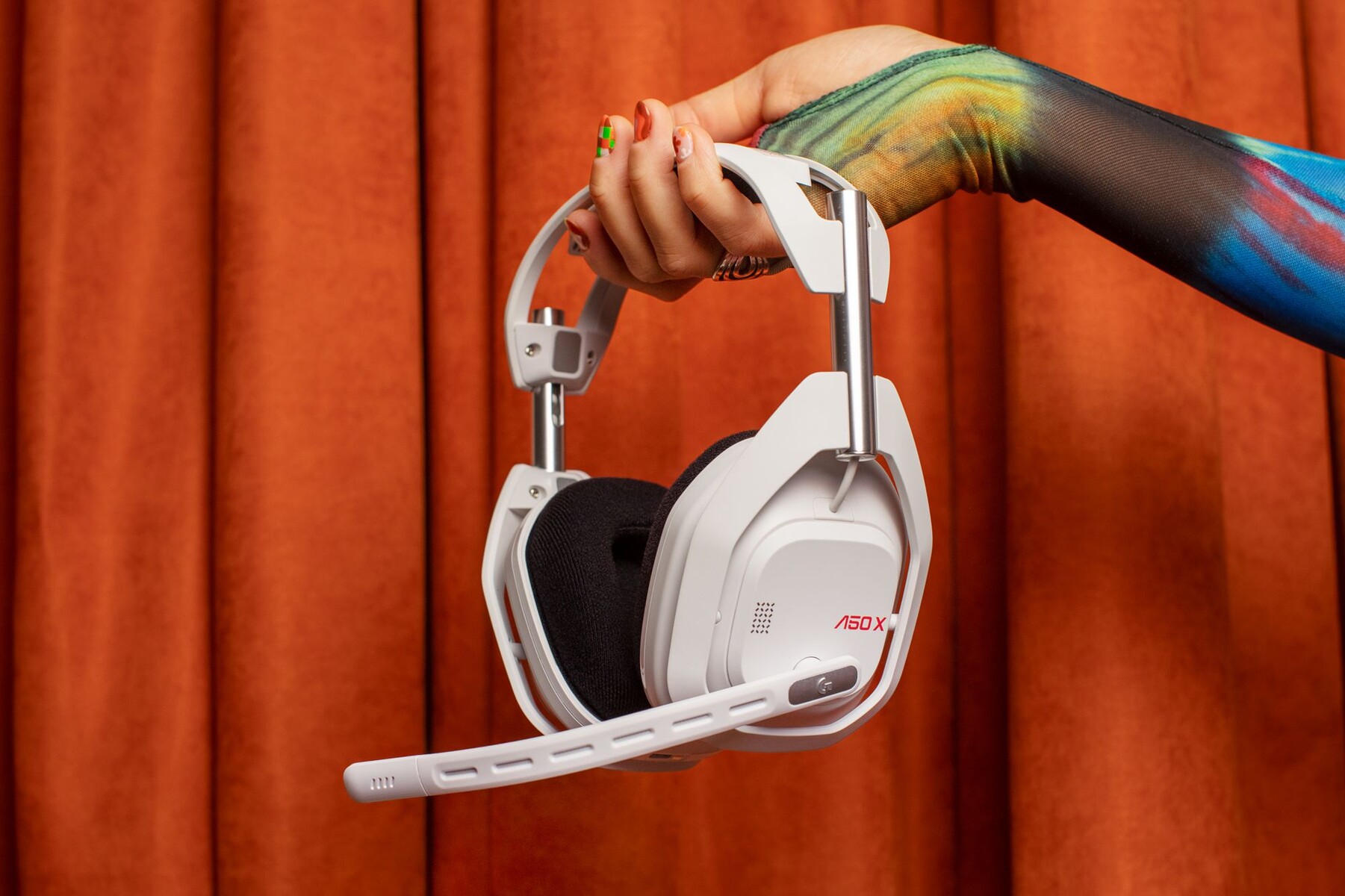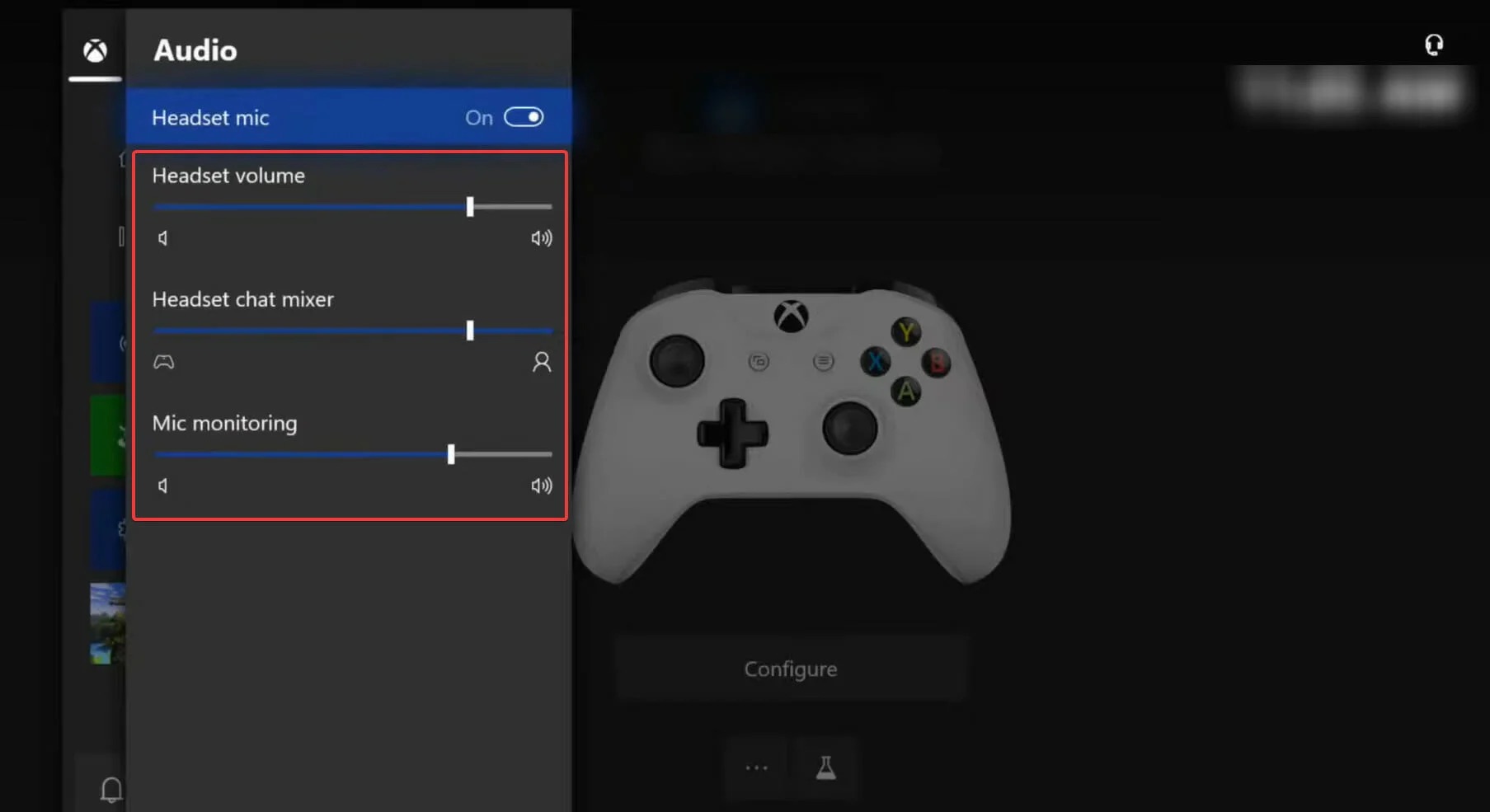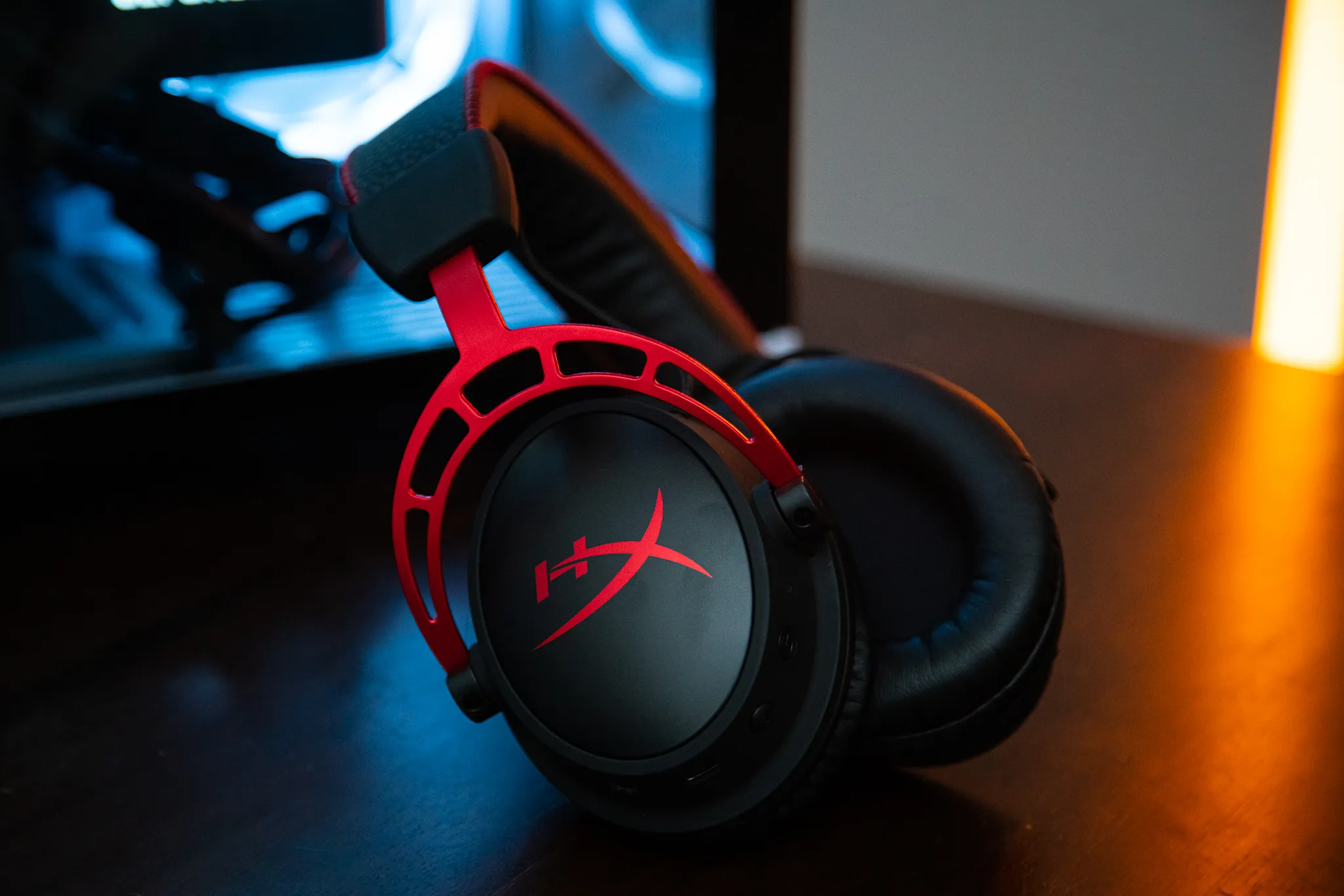Introduction
Personal audio has revolutionized the way we experience sound, offering a level of immersion and customization that was once unimaginable. With the rise of advanced headsets and earbuds, individuals can now enjoy a tailored audio experience that caters to their unique preferences and needs. One intriguing aspect of personal audio that often goes unnoticed is the ability to hear one's own voice through the headset. This seemingly simple feature has significant implications for the overall audio experience, impacting everything from communication to self-awareness.
The integration of personal audio technology has fundamentally changed the way we perceive and interact with sound. By immersing ourselves in a world of customized audio, we can enhance our entertainment, communication, and productivity. However, the impact of hearing our own voice in the headset is a fascinating phenomenon that deserves closer examination. This feature not only alters the way we communicate during calls or online meetings but also influences our self-awareness and perception of our own voice.
In this article, we will delve into the science behind personal audio and explore the intriguing implications of hearing one's own voice in the headset. By understanding the underlying mechanisms and psychological effects, we can gain valuable insights into optimizing the personal audio experience. Additionally, we will provide practical tips for maximizing the benefits of this feature, ensuring that users can fully harness the potential of personal audio technology.
Join us on this captivating journey into the realm of personal audio, where we unravel the mysteries of hearing our own voice in the headset and discover how it shapes our auditory perception and self-expression. Through this exploration, we aim to empower individuals to leverage personal audio technology to its fullest extent, unlocking a world of immersive and personalized sound experiences.
Understanding the Science of Personal Audio
Personal audio technology operates on a fascinating interplay of acoustics, psychology, and engineering, offering users a deeply immersive and customizable auditory experience. At the core of personal audio lies the intricate science of sound perception, which encompasses both the physical properties of sound waves and the psychological processes that shape our auditory experiences.
The foundation of personal audio technology rests upon the principles of sound transmission and reception. When using headsets or earbuds, sound waves are captured by microphones, converted into electrical signals, and then processed to deliver high-fidelity audio to the user's ears. This seamless transmission of sound is made possible by advanced signal processing algorithms and precision-engineered components, ensuring that users can enjoy crystal-clear audio reproduction.
Furthermore, the science of personal audio extends beyond the mere transmission of sound, delving into the realm of psychoacoustics – the study of how humans perceive and interpret sound. One of the most intriguing aspects of personal audio is the integration of the user's own voice into the audio feedback loop. This feature, known as sidetone, allows individuals to hear their own voice through the headset while speaking, creating a more natural and immersive communication experience.
The psychological impact of sidetone is profound, as it influences the way individuals perceive their own speech and vocal characteristics. By hearing their own voice in real-time, users can adjust their speaking volume, tone, and articulation, leading to clearer and more confident communication. Moreover, sidetone fosters a sense of self-awareness, enabling individuals to monitor and refine their vocal delivery, which can be particularly beneficial for public speakers, podcasters, and individuals engaged in remote communication.
In addition to sidetone, personal audio technology leverages spatial audio processing to create a sense of three-dimensional soundscapes, mimicking the natural auditory cues present in real-world environments. This spatial emulation enhances the overall immersion and realism of audio content, enriching entertainment experiences such as gaming, virtual reality, and cinematic audio playback.
By grasping the intricate science behind personal audio, users can gain a deeper appreciation for the technology that enriches their auditory experiences. Understanding the interplay of sound transmission, psychoacoustics, and spatial audio processing empowers individuals to make informed decisions when selecting personal audio devices and optimizing their audio settings, ultimately unlocking the full potential of this transformative technology.
The Impact of Hearing Your Own Voice in the Headset
The feature of hearing one's own voice in the headset, commonly referred to as sidetone, has a profound impact on the overall audio experience. When individuals engage in conversations, online meetings, or voice recordings while using a headset, the integration of sidetone significantly influences their communication and self-perception.
Enhanced Communication Clarity
Hearing one's own voice in real-time through the headset provides a crucial feedback mechanism during conversations. This feature allows individuals to adjust their speaking volume, tone, and enunciation, leading to clearer and more articulate communication. By being able to hear themselves as they speak, individuals can make real-time adjustments, ensuring that their message is conveyed with precision and clarity. This becomes especially valuable in noisy environments where external sounds may interfere with the perception of one's own voice.
Self-Awareness and Vocal Monitoring
Sidetone fosters a heightened sense of self-awareness regarding vocal delivery. When individuals can hear their own voice through the headset, they become more attuned to their speech patterns, pronunciation, and vocal nuances. This heightened self-awareness can be particularly beneficial for public speakers, podcasters, and individuals engaged in remote communication, as it allows for real-time vocal monitoring and refinement. Moreover, the ability to hear one's own voice can instill a sense of confidence, as individuals gain greater control over their vocal presentation.
Psychological Comfort and Natural Interaction
The integration of sidetone in personal audio devices creates a more natural and comfortable communication experience. When individuals can hear their own voice while speaking, it mitigates the sensation of auditory isolation that can occur when using noise-canceling headsets. This feature contributes to a more natural interaction during calls and online meetings, fostering a sense of connectedness and engagement. Additionally, hearing one's own voice through the headset can alleviate the disorienting feeling that may arise from speaking without auditory feedback, enhancing the overall comfort and fluidity of communication.
Empowerment in Self-Expression
The impact of hearing one's own voice in the headset extends beyond communication, influencing self-expression and self-perception. This feature empowers individuals to feel more in control of their vocal presentation, fostering a sense of ownership and agency over their self-expression. As individuals become more accustomed to hearing their own voice through the headset, they may experience a greater sense of confidence in their verbal communication and a heightened awareness of their unique vocal identity.
In essence, the impact of hearing one's own voice in the headset transcends mere audio feedback, shaping the way individuals communicate, perceive themselves, and interact with others. By leveraging the benefits of sidetone, individuals can harness the power of personal audio technology to enhance their communication clarity, foster self-awareness, and embrace a more natural and empowered mode of self-expression.
Tips for Optimizing Personal Audio Experience
-
Customize Audio Settings: Take advantage of the audio customization features available in your personal audio device. Adjust the equalizer settings to tailor the sound profile according to your preferences. Experiment with different presets or create a personalized audio profile that complements your listening habits, whether it's immersive gaming, music enjoyment, or clear communication during calls.
-
Utilize Sidetone Effectively: Familiarize yourself with the sidetone feature in your headset or earbuds. Optimize the sidetone level to a comfortable setting that allows you to hear your own voice clearly without overpowering the incoming audio. This can enhance communication clarity and self-awareness, especially during voice calls or recordings.
-
Explore Spatial Audio Capabilities: If your personal audio device supports spatial audio processing, delve into the spatial audio settings to experience an immersive three-dimensional soundstage. Spatial audio can elevate your gaming, movie-watching, and music-listening experiences by creating a sense of depth and directionality in the sound, replicating the ambience of a live performance or a virtual environment.
-
Regularly Update Firmware and Drivers: Keep your personal audio device up to date by installing firmware updates and driver enhancements provided by the manufacturer. These updates may introduce performance optimizations, bug fixes, and new features that can elevate your overall audio experience.
-
Opt for High-Quality Audio Content: Whether you're streaming music, engaging in virtual meetings, or enjoying multimedia content, prioritize high-quality audio sources. Opt for lossless or high-bitrate audio formats to fully appreciate the capabilities of your personal audio device, ensuring that you receive the highest fidelity audio reproduction.
-
Consider Noise-Canceling Technology: If your personal audio device includes noise-canceling features, familiarize yourself with the noise-cancellation settings. Adjust the noise-cancellation level based on your environment, whether you're in a bustling coffee shop, traveling on public transport, or seeking a quiet space for focused work or relaxation.
-
Maintain Proper Device Care: Protect the longevity and performance of your personal audio device by following recommended care practices. Keep the device clean, store it in a protective case when not in use, and avoid exposing it to extreme temperatures or moisture.
-
Experiment with Audio Accessories: Explore compatible audio accessories such as amplifiers, DACs (digital-to-analog converters), or dedicated gaming sound cards to further enhance the audio output of your personal audio device. These accessories can provide additional audio processing capabilities and fine-tune the sound to match your preferences.
By implementing these tips, individuals can optimize their personal audio experience, unlocking the full potential of their devices and immersing themselves in a world of tailored and captivating soundscapes.
Conclusion
In conclusion, the integration of personal audio technology has ushered in a new era of immersive and customizable auditory experiences. The ability to hear one's own voice in the headset, facilitated by the sidetone feature, has proven to have a profound impact on communication clarity, self-awareness, and self-expression. By providing real-time auditory feedback, sidetone empowers individuals to refine their vocal delivery, fostering a more natural and confident mode of communication. Furthermore, the psychological comfort and enhanced self-perception resulting from the integration of sidetone contribute to a more engaging and authentic communication experience.
As we navigate the evolving landscape of personal audio technology, it becomes increasingly important for users to optimize their audio experiences. By understanding the underlying science of sound transmission, psychoacoustics, and spatial audio processing, individuals can make informed decisions when selecting personal audio devices and fine-tuning their audio settings. The tips provided for optimizing the personal audio experience serve as a valuable resource for individuals seeking to maximize the potential of their devices, ensuring that they can immerse themselves in tailored and captivating soundscapes.
The impact of hearing one's own voice in the headset extends beyond mere audio feedback, shaping the way individuals communicate, perceive themselves, and interact with others. By embracing the benefits of sidetone and leveraging the capabilities of personal audio technology, individuals can elevate their communication clarity, foster self-awareness, and embrace a more natural and empowered mode of self-expression. This transformative integration of personal audio technology has not only redefined the way we experience sound but has also enriched our ability to engage in meaningful and authentic communication across various contexts.
As personal audio technology continues to advance, it is essential for users to stay attuned to the latest developments and enhancements, ensuring that they can fully harness the potential of their devices. By recognizing the profound impact of hearing one's own voice in the headset and implementing the recommended tips for optimizing the personal audio experience, individuals can embark on a journey of enriched auditory experiences, empowered communication, and heightened self-awareness. With the evolution of personal audio technology, we are poised to embrace a future where immersive and personalized soundscapes become an integral part of our daily lives, enhancing our interactions, entertainment, and self-expression.







